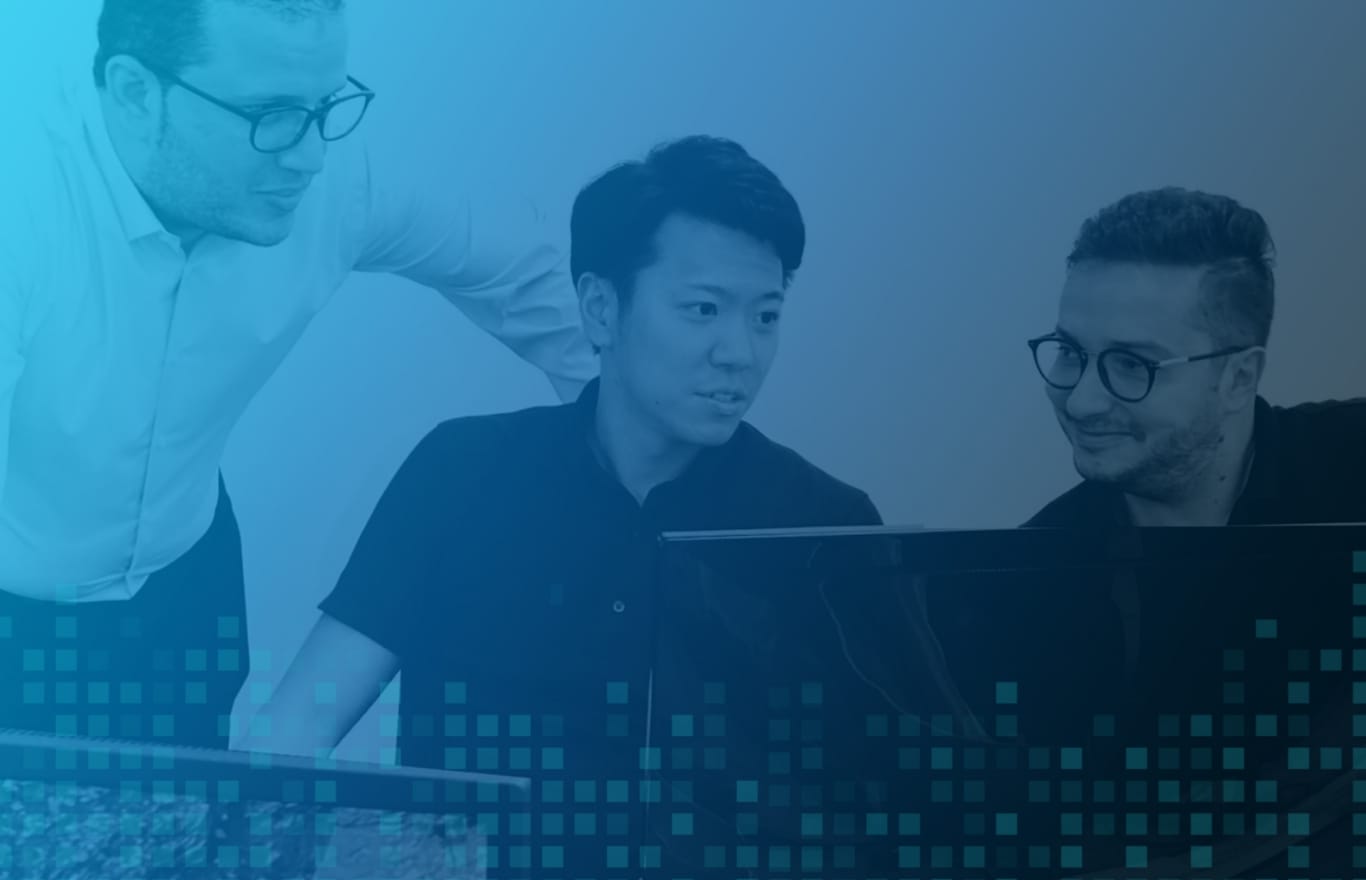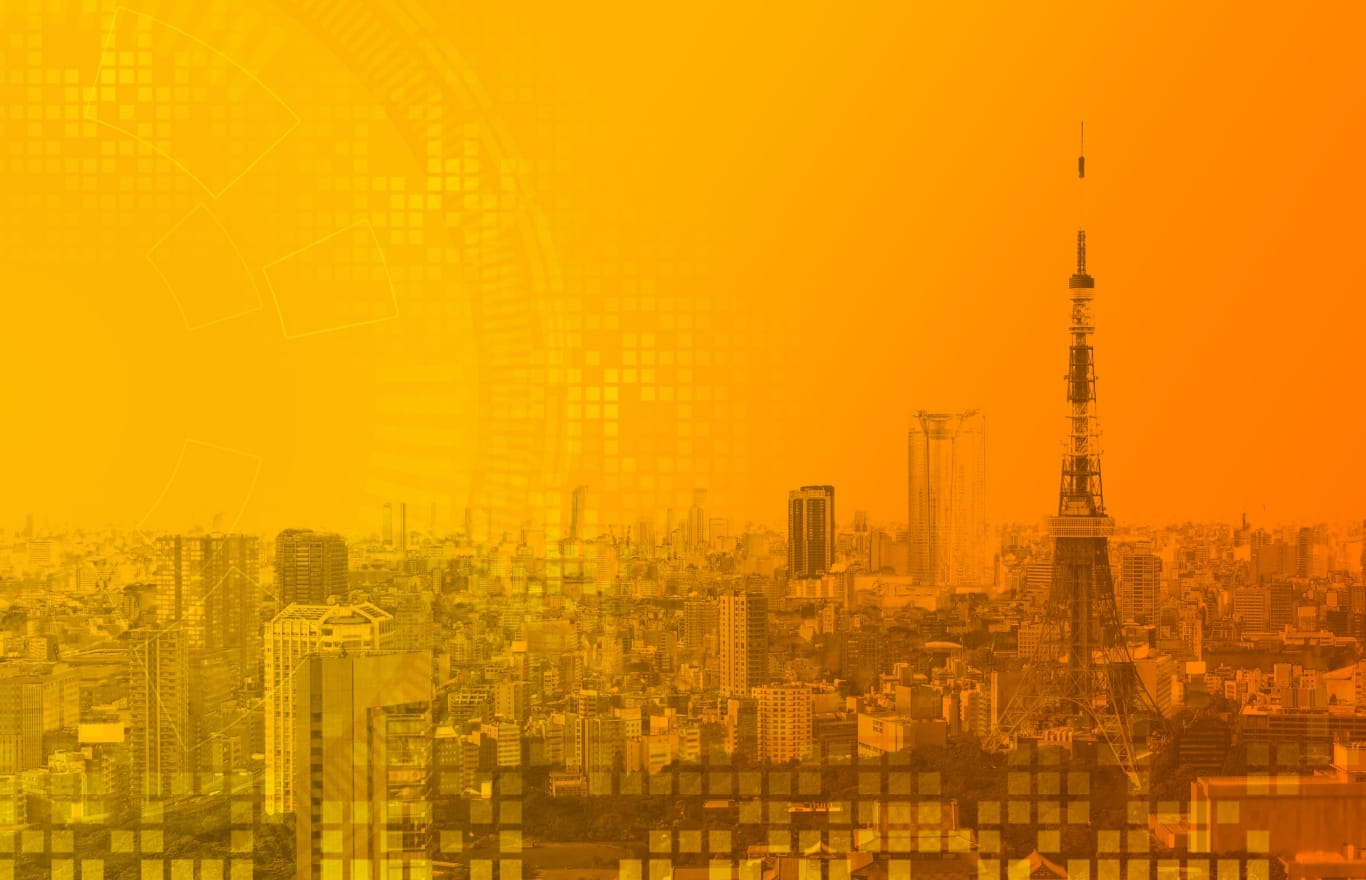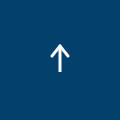Through this article, meet Avaxia’s female engineers driving web application development. Discover how they tackle evolving technologies while managing both frontend and backend development, their remote work routines, daily responsibilities, and the initiatives that create a supportive work environment.
1. Project Overview and Daily Work
I am currently involved in a web application development project, where I am responsible for implementing both the frontend and backend. The main programming languages are TypeScript and Node.js, with MySQL as the database. As our project has grown in complexity, I have become more conscious of how my code is perceived by team members. I strive to write clean, understandable code that people can easily navigate and improve. To support this, I incorporate design principles such as Domain-Driven Design known as DDD, which structures systems around real-world business domains like billing and contracts. I also apply Clean Architecture to separate code business logic from concerns like user interfaces and data persistence, ensuring long-term maintainability and scalability.
Our current development team consists of eight members. In addition to implementation, I am also involved in design reviews, code reviews, and facilitating sprint planning sessions. While working on feature development, we are also focused on building a reliable release process by incorporating automated testing such as unit tests and end-to-end (E2E) tests to detect issues early. Although there is still much to learn, I find great fulfillment in the process of organizing requirements and translating them into implementation and testing.
As part of feature development, I implemented functionality to export business data in CSV format. Since these CSV files are often reused across internal and external systems, careful attention was required, not only to the data output itself, but also details such as column order, header names, and formatting rules (e.g., data formats and thousand separators.) I also designed the system to handle varying requirements across different business use cases, including encoding switches (UTF-8/Shift-JIS) and treatment of whitespace and line breaks. To prevent rework, I built scripts that automatically validate the output against specifications in addition to manual checks.
To ensure that these features continue to function correctly over time, I have also been focused on writing automated tests with attention to coverage. In unit tests, I cover logic branches and edge cases, E2E tests validate that the system behaves as expected through actual input-output flows. By tightly coupling test code with the implementation, I help create an environment where we can confidently refactor, improving readability and maintainability without changing behavior and adapt to specification changes with minimal risk.
I am also highly conscious of code maintainability, which plays a key role in continuous development. I make efforts to reduce future maintenance costs by organizing utility functions and shared components, and by standardizing naming conventions and comments. Through these consistent, detailed improvements, I help keep the codebase clean, readable, and scalable.
One past experience that had a lasting impact on me was when a change in requirements led to a major revision of the system specifications. Updating the existing codebase proven to be more complex and time-consuming than expected, mainly due to insufficient modularization and unclear structure. This experience highlighted the importance of writing maintainable code that is clean, well-structured, and easy to modify as requirements evolve.
2. A Typical Workday
My workday usually begins around 9:00AM. Since we primarily work remotely, we start with a “Good morning!” greeting on Microsoft Teams, followed by a daily stand-up at 9:10AM where we share task statuses and any concerns.
I usually dedicate the morning to design-related tasks and technical investigations. I find that quieter hours are ideal for deep focus, so I often use this time to draft documentation or explore solutions to technical challenges.
In the afternoon, I focus on code reviews and implementation work. When needed, I also engage in pair programming with team members. We use Azure DevOps for task management, and because our tasks are broken down into small units, it is easy to track progress and stay organized.
I usually finish my work around 6:00PM, although I sometimes finish a bit earlier if I complete a task ahead of schedule. Despite working remotely, communication within the team is very active, and I really appreciate the open atmosphere where it is easy to ask questions like, “Do you have a moment to discuss this?”
3. Remote Work Strategies and Productivity Tips
Working remotely has made me more intentional about maintaining focus and staying connected. One of my habits is to categorize my daily tasks each morning based on complexity and focus level what should be done in the morning versus what we can wait until the afternoon. This helps structure my day with more clarity.
To avoid sitting for long hours, I make a point to stand up and stretch or go for a quick walk every hour. Staying active helps me stay refreshed and maintain focus throughout the day.
For communication, I use casual chat channels and conversations to help maintain a positive and collaborative team atmosphere. I pay attention to Teams notifications and respond quickly to create a friendly and approachable atmosphere.
We also hold weekly team meetings where we not only discuss work progress but also share productivity tips and ideas for better work practices. These meetings help enhance our collective remote work experience.
4. Why I chose Avaxia
I decided to work in Avaxia because of the development team’s openness to technical challenges and the supportive work environment. Since joining, I have been encouraged to take initiative, and my ideas and suggestions are genuinely welcomed.
We frequently engage in technical discussions, especially around system design. While opinions may differ, our team works collaboratively to find the best solutions, making the process productive and rewarding.
As a female engineer, I truly appreciate the inclusive environment where gender does not factor into how I am treated or expected to perform. There are also senior women in the company who serve as role models, and the openness to flexible work arrangements around major life events gives me confidence in building a long-term career here.
The shift to remote work has also made it easier to balance my personal life and career. I have been able to carve out time for hobbies and enjoy a work style that feels true to myself. The fact that our team remains cohesive and collaborative even in a fully remote setting speaks volumes about the strength of our company culture.
5. Learning and Growth Before and After Joining
Although I do not have a computer science background, I started learning programming after entering the workforce and gained hands-on experience developing web applications in my previous job.
Before joining Avaxia, I focused on mastering the basics of TypeScript, React, team-based development using Git/GitHub, and designing/using REST APIs. These have proven directly useful in my current role, and I am glad I took the time to learn them beforehand.
Since joining, I have been deepening my understanding of practical development topics such as requirement definition, design reviews, and performance optimization. I am also continuously studying design patterns like DDD and Clean Architecture, along with cloud technologies like Azure.
The team’s strong learning mindset is truly inspiring. Looking ahead, I hope to expand my skills in areas such as team building and project management. I believe that building trust and working effectively as a team are just as important as technical skills for engineers.
I also want to support the next generation of engineers by sharing what I have learned through code reviews and mentorship. I feel I am now beginning the transition from someone who is supported to someone who supports others.
Closing
I believe that a career as an engineer is not something you build alone. It grows through learning with and being supported by others. Moving forward, I want to be the kind of engineer who not only hones her technical skills but also clearly communicates the intent and purpose behind every decision and builds lasting trust with teammates and clients alike.
I hope this article gives you a clearer image of what it is like to work at Avaxia and maybe even inspires you to join us!




